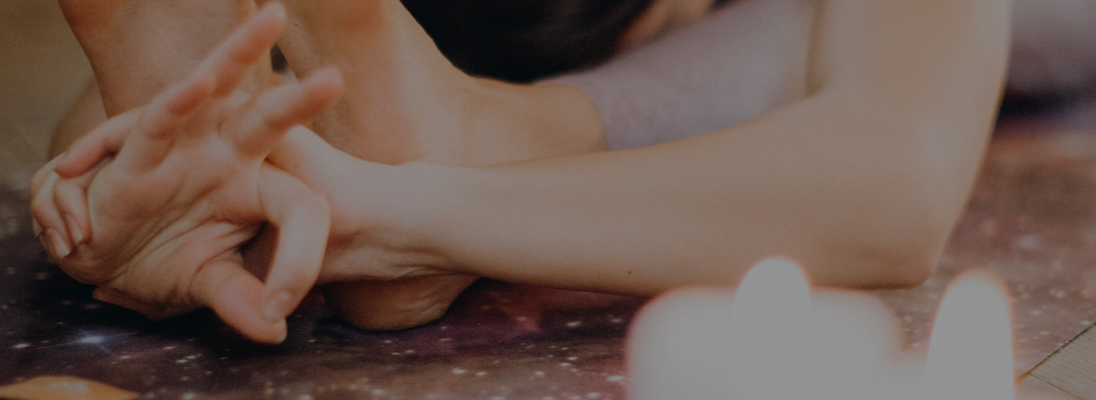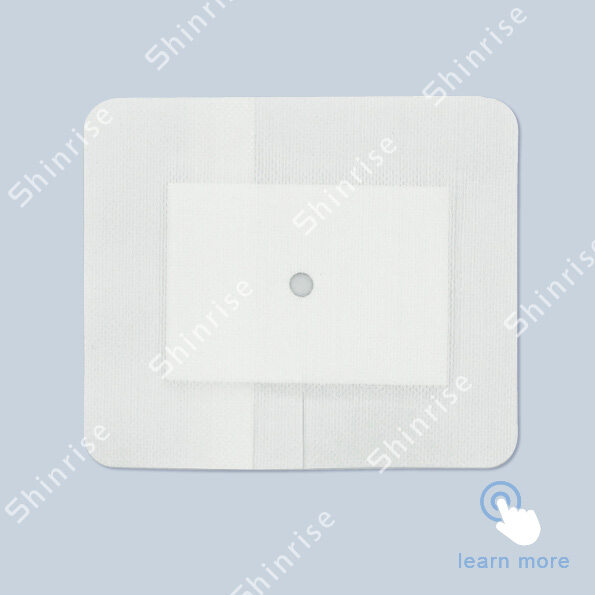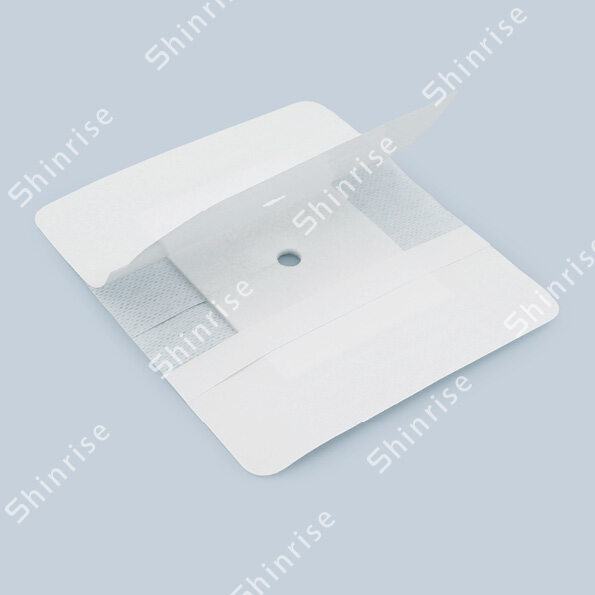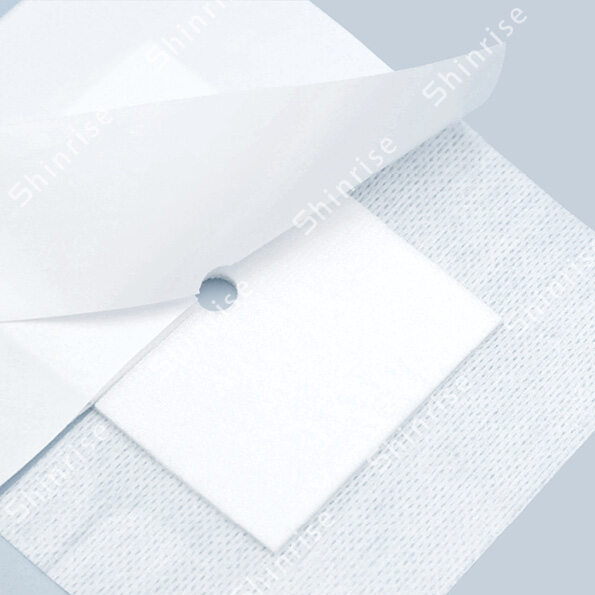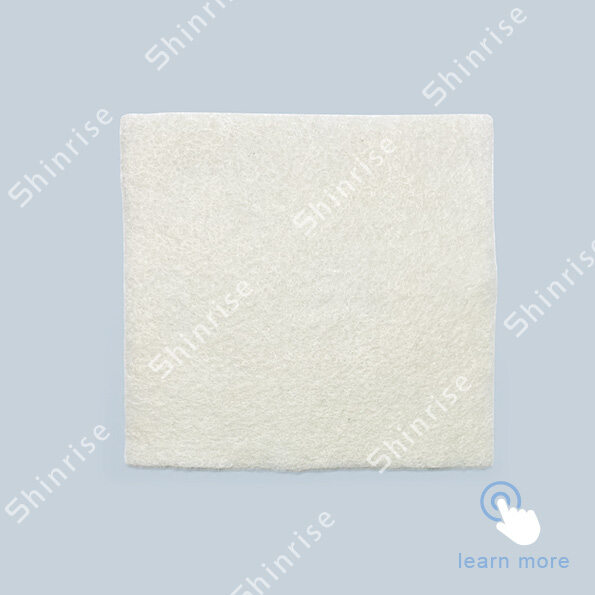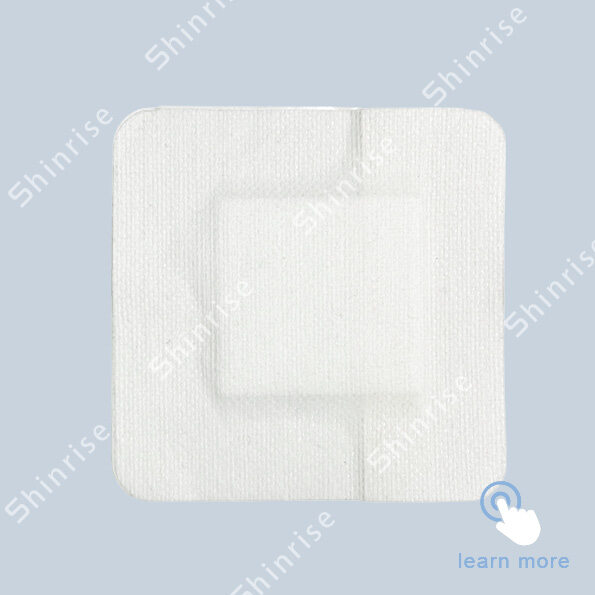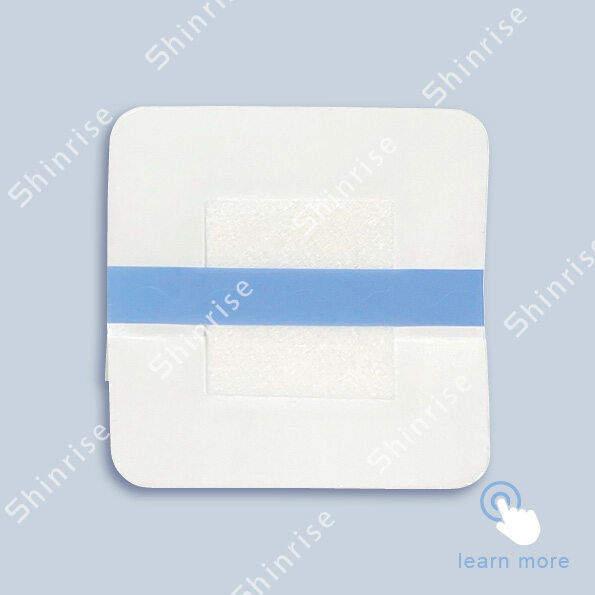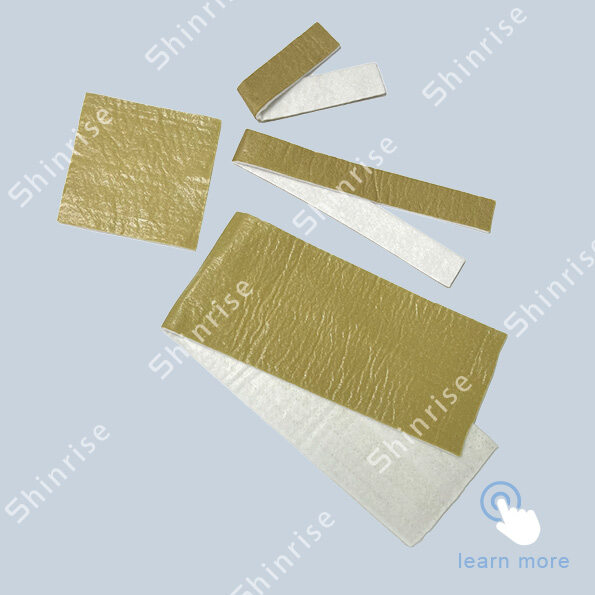Email cannot be empty
Password cannot be empty
Email format error
Email cannot be empty
Email already exists
6-20 characters(letters plus numbers only)
The password is inconsistent
Email format error
Email cannot be empty
Email does not exist
6-20 characters(letters plus numbers only)
The password is inconsistent

Medical First Aid Self-adhesive Non-woven Drainage Dressing With Hole
The drainage dressing use for minor cuts,scrapes,surgical wounds and puncture wound.
Non-woven adhesive wound dressing is composed of the following more layers: the adhesion layer (glassine paper), the backing layer (non-woven fabric), the adhesive layer (acrylic pressure sensitive adhesive), the core (synthetic materials), the release layer (PET release film or glassine paper.), can blocking bacteria and waterproof.
| Product No. | Size | Packing |
| W021212 | 12cmx12cm | 1pcs/pouch,20pcs/box,400pcs/ctn |
| W021214 | 12cmx14cm | 1pcs/pouch,20pcs/box,400pcs/ctn |
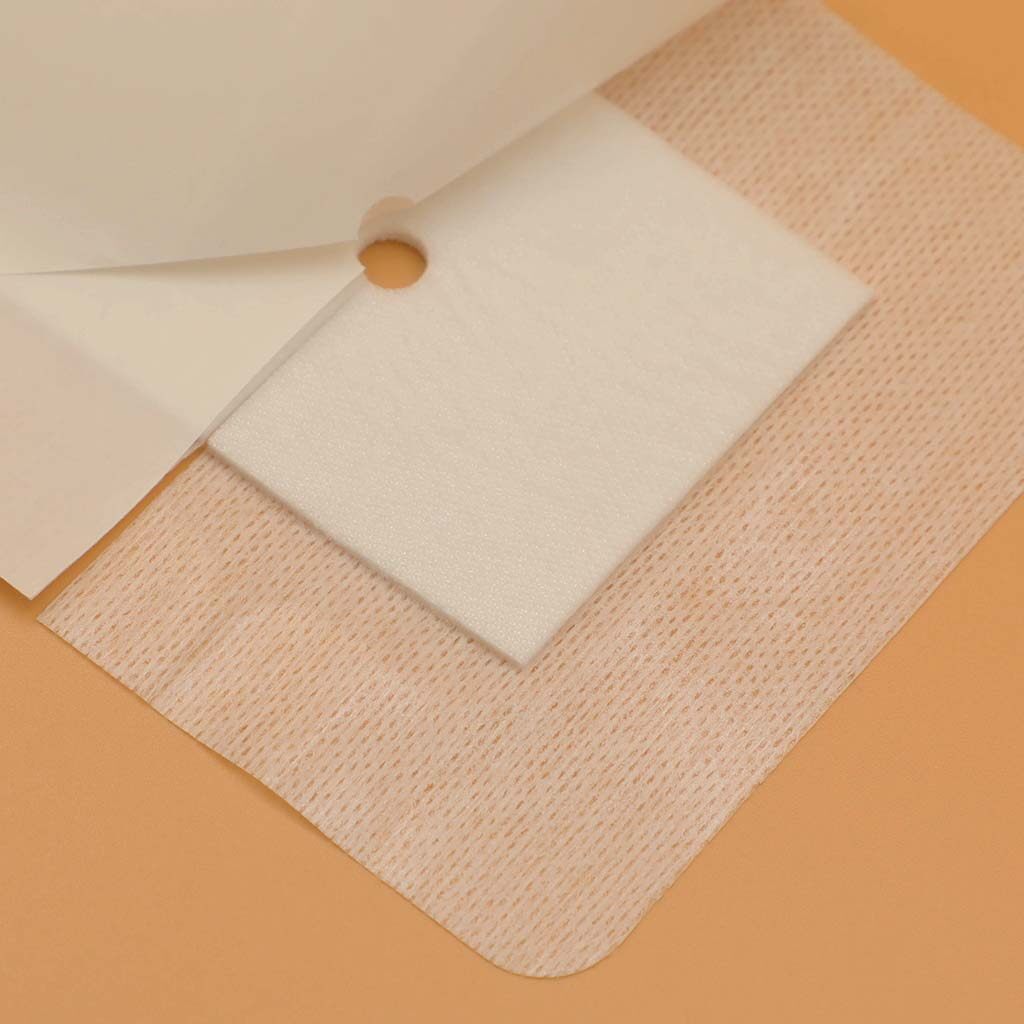
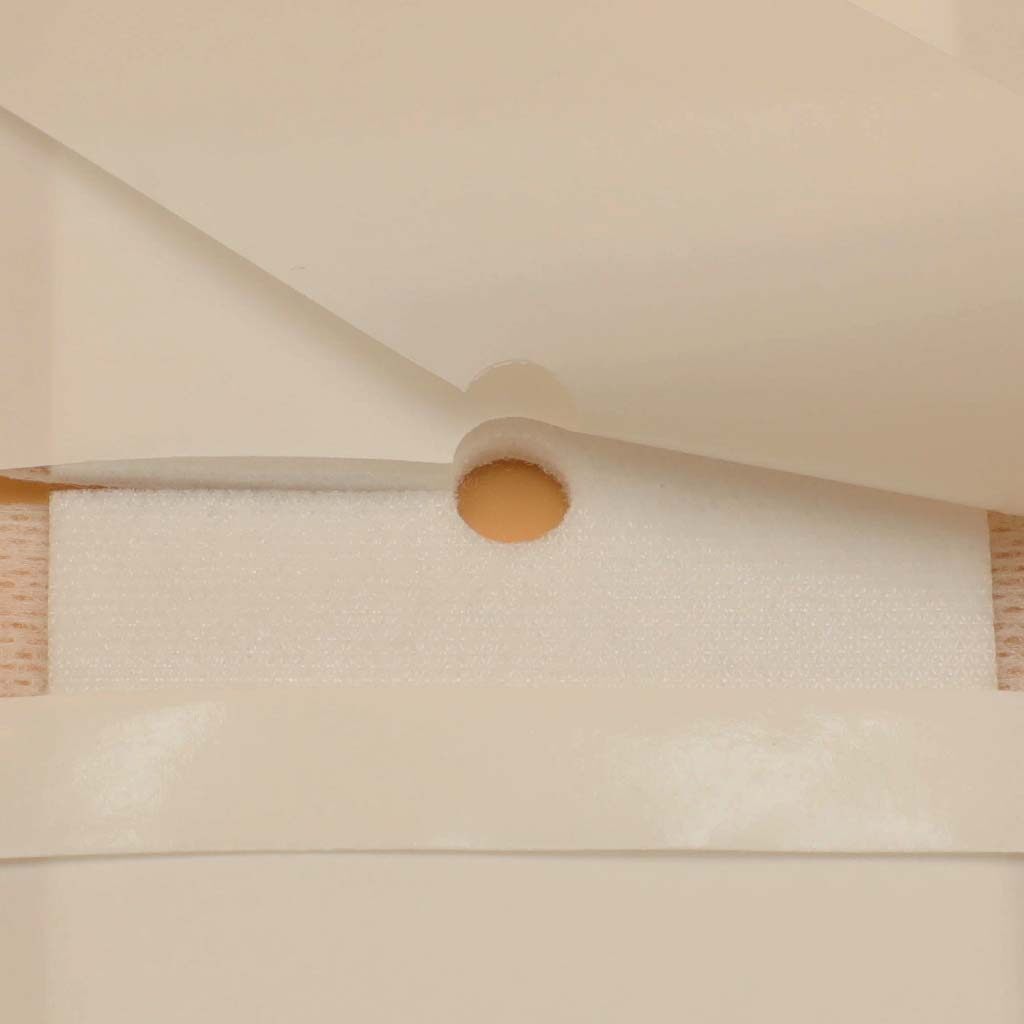
1. Prevents infection: Drainage dressings are designed to absorb and contain wound drainage, which reduces the risk of infection from contaminants.
2. Enhances healing process: By keeping the wound clean and free from debris and contaminants, drainage dressings help to improve the wound's environment and create optimal conditions for faster healing.
3. Promotes comfort: Drainage dressings provide a comfortable cushion for the wound site, which can help to reduce pain and discomfort for the patient.
4. Reduced dressing changes: Drainage dressings are highly absorbent, which means they require fewer changes compared to traditional dressings. This benefit can help to reduce the risk of additional pain or injury during dressing changes.
5. Versatility: Drainage dressings can be used for various types of wounds, including burns, surgical wounds, lacerations, and ulcers.
Overall, drainage dressings are a reliable and versatile option for wound care. They help to prevent infection, promote the healing process, and offer comfort to the patient while reducing the frequency of dressing changes.

Product instructions:
1. After cleaning and disinfecting the surgical site, take out the sterile wound dressing from the packaging bag.
2. Remove the release paper from one side of the slit to expose the adhesive surface.
3. Align the center of the dressing with the wound or catheter.
4. Stick the adhesive surface on the skin and smooth it from the middle to all around to make it closely combined with the skin.
5. Remove the backing protective layer.
6.When removing the dressing, first uncover the corners of the dressing, and then gently remove it from the wound.


